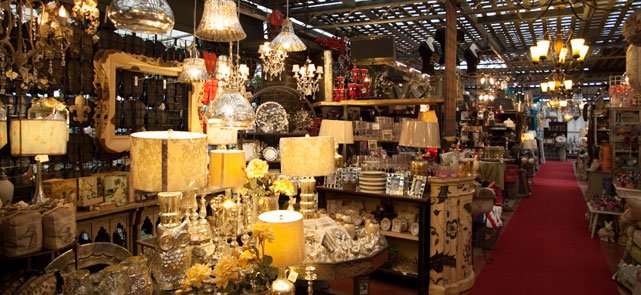Art Knapp Articles
Understanding Fertilizer
in Informational
Today we’re going to talk about some fertilizer basics. Plants need nutrients to grow properly just like humans need nutrients to function. Plants need a lot of different nutrients, but the basic ones that they need the most are nitrogen, phosphorous, and potassium.
If you buy fertilizer at a garden centre, you will usually see three numbers on the prominently displayed on the package. These numbers, such as “10-10-10” indicate the percentage by weight of nitrogen, phosphorous, and potassium inside the package. So, a 10-20-10 fertilizer bag has 10% nitrogen, 20% phosphorous, and 10% potassium inside the bag. The remaining 60% is a carrier or filler to hold the nutrients and give them a good texture to mix with the soil.
When you grow something in the same spot year after year, the soil will become depleted. This is one reason why we fertilize and also why we rotate crops in vegetable gardens. So, adding fertilizer is a good thing. Compost will also fertilize your garden, and finished compost typically has a ratio of 1:1:1 of these basic nutrients.
Of course, you want to give your plants the fertilizer that they need. You won’t know exactly what they need without getting a soil test at a laboratory. You can, however, make an educated guess. Plants that fruit and flower need a lot of phosphorous. Nitrogen is important for healthy leaves, and potassium regulates cell metabolism and overall health and disease resistance. In theory, anyway.
For example, if your green hedge looks kind of yellow, assuming it is getting enough water, then it likely needs nitrogen. Tomatoes are heavy feeders and will need lots of phosphorous and potassium. Fertilizing all the time with a weak or diluted fertilizer works well for most plants.
The rule of thumb is it’s better to under fertilize than over fertilize. If you add your dead leaves and grass clippings to your beds instead of throwing them away, they will break down over time and increase the quality of your soil. This is one of the principles of permaculture—to allow the old plants and plant parts to fertilize the new plants and improve the soil.
And never put walnut leaves into your compost because of the chemicals that they contain which can impede the growth of other plants. Also, if you want to use some seaweed from the ocean, be sure to soak it lots and rinse it well to remove excess salt.
This is general information, and more specific information would really depend on what you are growing, and what quality of base soil you have.
Come visit our flagship store in Surrey, we would be more than happy to discuss fertilizer with you. We have every kind of fertilizer you could possibly need.
Art Knapp has 15 locations across British Columbia and is well known as the go-to garden centre for everything garden-related. Art Knapp, himself, began the business in the 1940's, and now, 80 years later, you can find more than he ever dreamed of in our stores. Come and see us on King George Boulevard in Surrey.
If you have any questions about this article or want to talk to us about gardening, just give us a call at (604) 596-9201.









